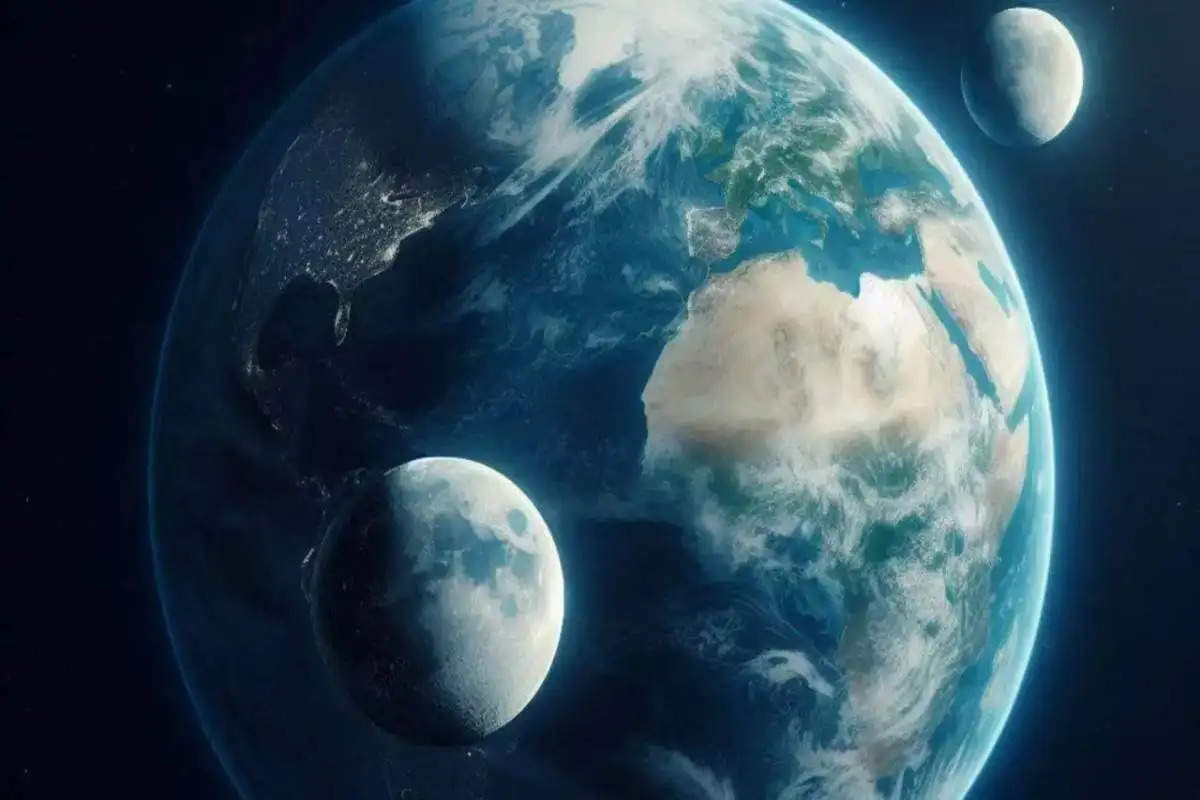Earth’s second moon is about to disappear after circling for two months, will be visible again after so many decades

Science News Desk – Earth’s ‘second moon’ is now going to disappear! Yes, its temporary second moon has been revolving near the Earth for a long time. It is a small asteroid named Asteroid 2024 PT5. Just as the Moon is present near our Earth and is revolving around it, similarly this rock is revolving in the Earth’s orbit. It came near Earth on September 29 and now it is going to leave its orbit. After this it will return after about 3 decades. Let us know what NASA is saying about it?
Asteroid 2024 PT5 has been described as Earth’s second moon. This asteroid has been trapped in the Earth’s gravity for about two months and has been orbiting around it. Now it will leave Earth’s orbit on November 25. According to the Metro report, it will return to Earth in 2055. It is very small in size and its size is only 33 feet. It is only 37 lakh kilometers away from the Earth.
Such rocky pieces are also called asteroids. NASA first discovered this asteroid on August 7. It was discovered by NASA’s Asteroid Terrestrial Impact Late Warning System (ATLAS). This asteroid will exit the Earth’s orbit on 25 November i.e. Monday. This asteroid is said to have first appeared near Earth in the 1960s as a small moon.
NASA scientists also believe that this asteroid could be a piece of the Moon. The interesting thing is that it will not be able to complete even one revolution of the Earth. Since Earth’s gravity is very powerful, its orbit will change slightly and after that it will exit Earth’s orbit. Many asteroids also come close to the Earth up to 45 lakh kilometers. Similarly, when a small asteroid like 2024 PT5 comes close to the Earth at a slow speed (less than about 3540 kilometers per hour), its gravity binds it and it starts revolving around it.

